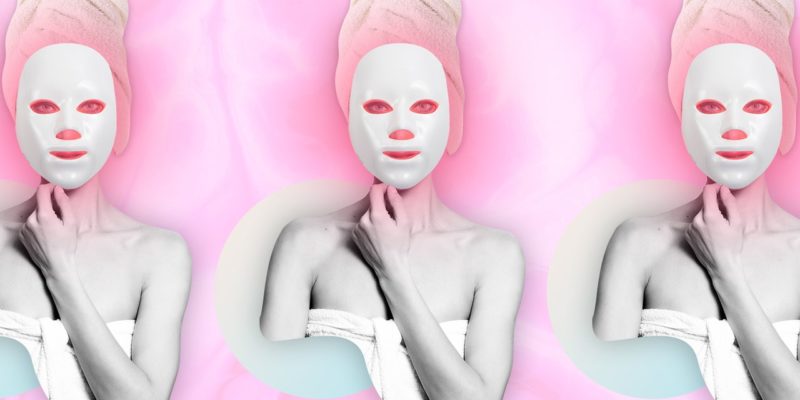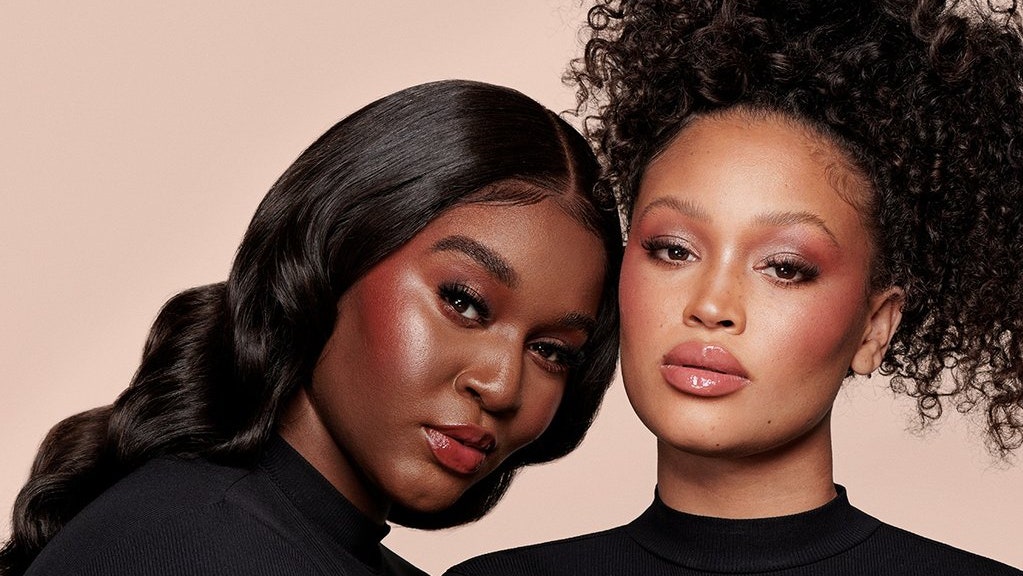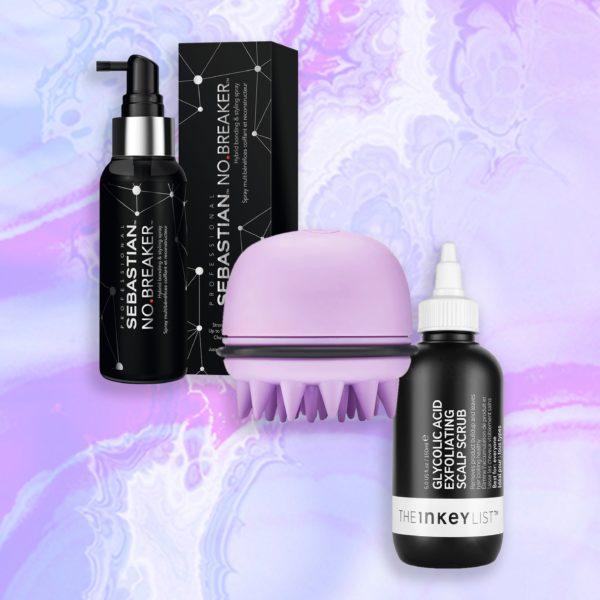Which At-Home Skin-Care Devices Are Safe To Use?
If this makes you just a little wary, you’re in fabulous company. “My fear is, how do you know which devices to trust?” asks Shereene Idriss, a New York City dermatologist. At times, marketing of devices is at odds with dermatological opinion. She’s wary of at-home rollers, for example, especially the fancier, less-disposable ones. She recommends using an at-home roller 5–10 times before switching it out. In contrast, one at-home roller sold online advises switching out the needles, at minimum, every 20-plus uses.
Things are even cloudier above the skin’s surface. Idriss shares a bone-chilling tale about patients whose melasma got worse with the use of at-home LED masks, which emit light of different wavelengths to different molecular ends: “They bought them on Amazon. A lot of people are selling regular lights with colored bulbs and pretending it’s LED.” The search term “LED light mask” on Amazon yields over 2,000 results.
LED therapy benefits — reducing inflammation, killing bacteria — had been well-documented by the time Neutrogena launched its at-home LED mask, which Allure covered in 2017. Two years later, the brand voluntarily recalled the device “out of an abundance of caution,” having been made aware of the very rare possibility of eye injury. But various at-home LED masks are celebrated by dermatologists: Hartman recommends the Peppy Co model to his patients. He thinks the fit is good and he likes the results.
Some might argue that bringing skin-care technology home allows for more sustained results. A bride’s glow can be achieved quickly the day before her wedding by a microcurrent treatment performed in her dermatologist’s office, but it may not last the honeymoon. A handheld option allows for more frequent, if less powerful, treatments to keep the glow going. In particular, at-home microcurrent is not a bad idea, says Idriss. The electricity can tickle face muscles into temporary tautness and dermatologists agree that at-home microcurrent is safe. “Other than the big red flags — heart disease, pregnancy — if you’re willing to use it on a daily basis, God bless,” says Idriss. But she’s rarely, if ever, had a patient who was diligent enough to do so — nor is she. “I’d rather get Ultherapy once a year and be done with it.” (Ultherapy lifts your face using ultrasound and is priced in four figures.)








